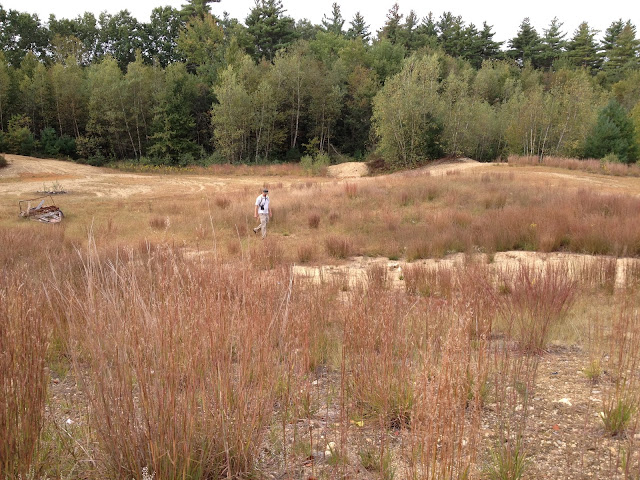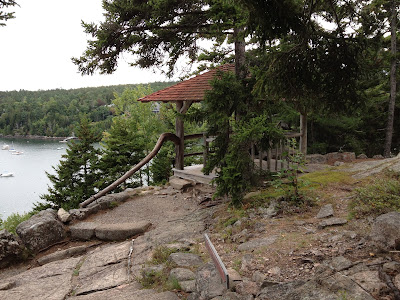Leaves fall in ones and twos,
floating down among the trees,
to rest among the ferns and partridgeberry.
They float like butterflies
through the dappled light of the understory.
Acorns cover the woodland path like a bed of
marbles; a heavy crop portends a harsh winter,
some say. But that is just a tale for squirrels and deer.
The oak tree responds to weather past, to rain and sun
from a year ago, it does not predict the future.
A gust of wind shakes loose the milkweed seeds,
blowing them far across the meadow,
above the last of the yellow goldenrods
and the still vibrant purple asters.
The wetlands are full of color, the red maples and
blueberry bushes are a riot of red.
The birches along the edge are yellow in contrast.
A flash of blue and white and then a rattle as a kingfisher
flies across the still waters.
A barred owl calls in the night. Foxes hunt at dawn;
Kodi notes their passage as he sniffs their trail in the wet grass.
Hawks soar, butterflies flutter, and warblers chatter as they
make their way south before it gets too cold.
We ready ourselves too, with an extra layer of clothing
and an apple pie. As the tomatoes, peppers, and eggplant fade
from the garden, the menu changes to the autumn bounty,
to kale and squash, carrots and onions, potatoes and broccoli.
On sunny days, the house is colder than the outdoors now.
All the more reason to be out in autumn's glory.


































































